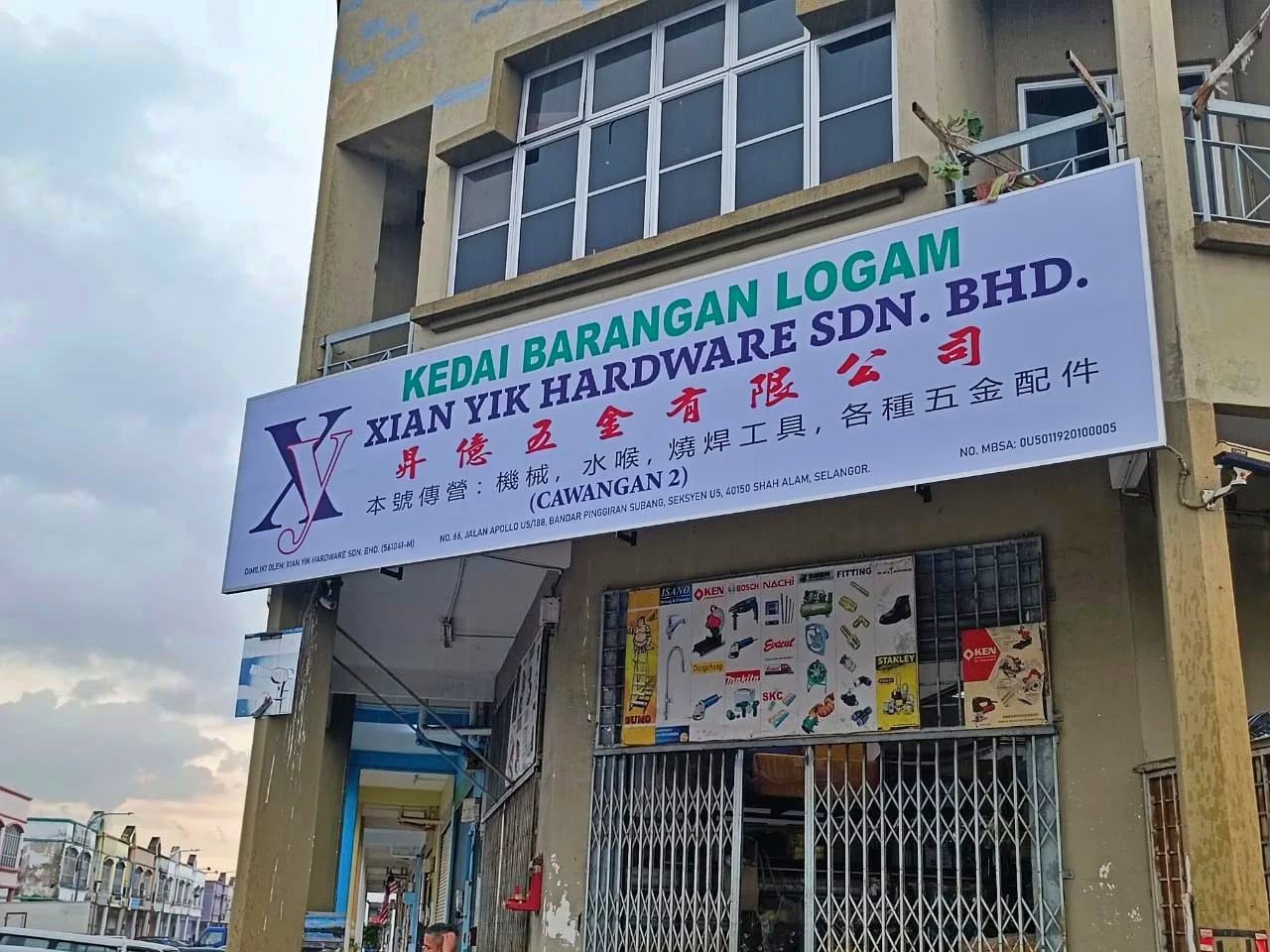GOLDEN BRIDGE WELDING ROD
INTRODUCTION
J38 is a rutile-based carbon steel electrode. It has very good welding usability that enables it to perform all-position welding, operates on AC/DC, removal of slag is easy, has a stable arc, and also has a very good bead appearance. It is easy to operate, which makes re-striking the arc easy.
It is suitable for welding structures made of low carbon steel, performs very well in welding thin and small size steel plates, and also has very good performance in a situation that requires a nice and clean bead appearance.
Golden #Bridge #Welding #Carbon #Steel #Electrode #Welding #Rod 2.6MM/ 3.2MM/ 4.0MM/ 5.0MM
The GOLDEN BRIDGE WELDING ELECTRODE J38-E6013 is a mild steel welding electrode, commonly identified by its AWS classification E6013.
Here is a detailed description based on its classification and typical product characteristics:
1. Classification and Type
AWS Classification: E6013
Golden Bridge Model: Often designated as J38.12 (or sometimes J38-12).
Coating Type: Rutile-based (or high titania/titanium oxide coated). This is indicated by the '3' in E6013.
2. Key Characteristics and Welding Performance
Arc Action: Provides a soft, stable, and smooth arc.
Slag: Produces a medium to heavy slag that is typically easy to remove.
Spatter: Generally low spatter level.
Weld Bead: Excellent, smooth, and clean bead appearance, often used for cosmetic welding.
Re-striking: Easy to re-strike the arc.
Penetration: Offers moderate to shallow penetration, making it suitable for thin materials where burn-through is a concern.
Usable Current: Operates on both AC (Alternating Current) and DC (Direct Current), either DCEP (Electrode Positive) or DCEN (Electrode Negative). This versatility makes it ideal for a wide range of welding machines, including low-voltage AC machines.
3. Applications
The Golden Bridge J38-E6013 electrode is a general-purpose rod widely used for:
Welding of general low-carbon steel structures (mild steel).
Welding of thin plates and small-sized steel pieces.
Sheet metal applications (e.g., automobile bodies, truck frames).
General fabrication and repair work (e.g., metal furniture, farm implements).
Situations that require a smooth, aesthetically pleasing weld bead.
4. Welding Position
All-Position welding (Flat, Horizontal, Vertical, Overhead).
It performs particularly well in the vertical-down position, especially for thinner materials.
Explanation of the AWS E6013 Designation:
E: Electrode
60: Minimum tensile strength of the deposited weld metal in thousands of pounds per square inch (60,000 psi minimum or ≈414 MPa).
1: Usable in all welding positions (Flat, Horizontal, Vertical, Overhead).
3: Indicates the type of flux coating (rutile-based or high titania) and the suitable current (AC or DC).


_result.jpg)


_result.jpg)
